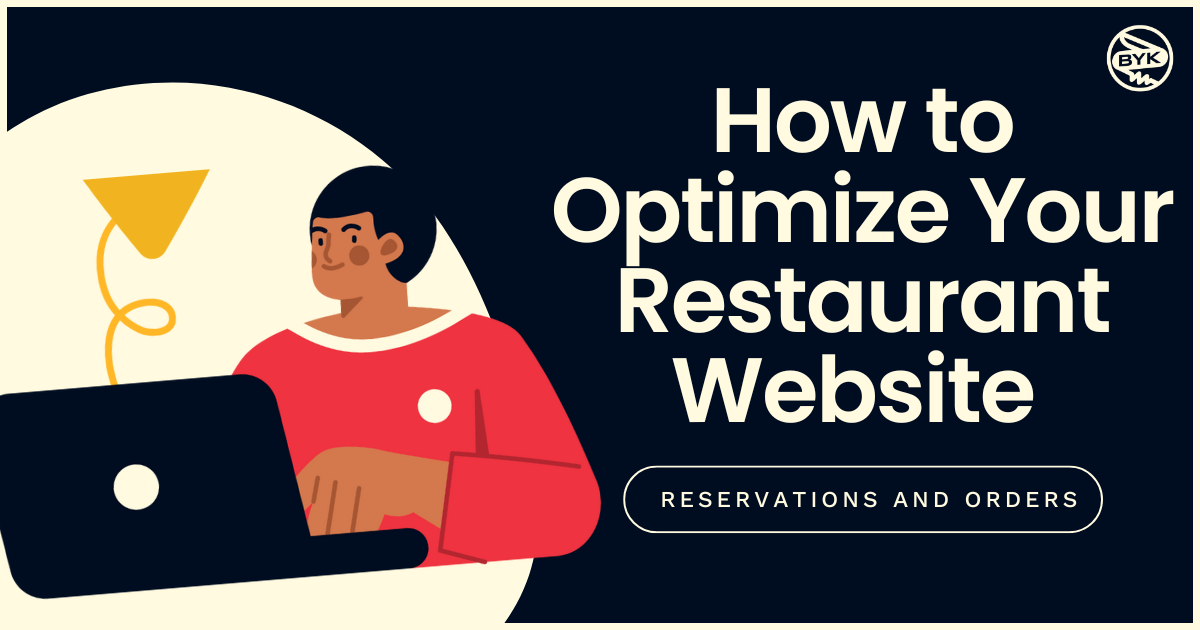Getting to know your audience is one of the most beneficial things you can do for any business. It’s hard to sell to or connect with an audience you don’t really know! Sometimes, a brand will have one intended audience, but will come to learn that a different demographic is actually their main group of customers. That’s why it is so important to learn about your actual customers, and grow your understanding of them. Below are a few of the best ways to learn about your audience.
Online Reviews
Online reviews are one of the places people tend to be most brutally honest. Whether they have positive or negative things to say, they usually don’t hold back. That makes online reviews and recommendations a great source of information to determine how purchasers are feeling about your offerings. Looking through reviews and compiling trends can help you see clear patterns in the aspects of your offerings people are loving and hating.
Follow Relevant Hashtags
To learn about your customers more broadly, not just in respect to the way they feel about your products and services, social media is a great tool. Get into the minds of your audience by following hashtags and topics that are popular amongst them. This will provide insight into the way your target demographic talks, the way they think, and what kinds of things are important to them.
After-purchase Surveys
To obtain information about your audience directly from the source, surveys are a great tool. It is common for brands to offer a survey to customers who have recently made a purchase. These tend to be focused specifically on the purchasing experience, but can also encompass some broader questions to gather more information. This is a great method to utilize if you are searching for data about the group of people who are already customers of yours.
Incentivized Surveys
If, on the flip side, you are interested in learning more about people who are not necessarily your customers yet, you can still use a survey, just one that is targeted differently. You can try distributing a survey via social media or an email list to reach those who have not bought from you. These people are less likely to fill out a survey for you, since they did not recently make a purchase, so it can be helpful to incentivize responses. Offer people an exclusive discount code, free gift, or other special perk in exchange for providing you with information. That way, you can hopefully collect data from a large pool, and use it to better target potential customers in the future.
Collect Information at Checkout
Collecting information from customers is most seamless at times they are already expecting to provide a lot of personal information. That makes the online checkout process a great spot to strategically place a few questions that would help you learn about your audience. When they are already entering their name, contact information, address, and payment info, a handful of other questions feel less intrusive than they would as a stand-alone survey. Just be sure not to go overboard and make your checkout process lengthy and overwhelming.
In-person Interactions
Last, but certainly not least, whenever you have the opportunity, you should go old school and interact directly with your customers, face-to-face! Have a conversation and really listen to what they are saying. Get to know them as people, so you have a better grasp on who exactly you are selling and marketing to. You can often gather more information from a few minutes of in-person interaction than you can from hours of online scrolling. Plus, these types of interactions tend to be more memorable for your audience as well, so you could be making a great impression while you learn! So don’t be afraid to do some digging when it comes to your audience. You may think you know who you’re selling to, but sometimes your audience will surprise you. Utilizing a combination of online and in-person methods, you can gather huge amounts of data about your current and potential customers, and help your business best move forward, armed with more knowledge about your audience.




